Introduction
The topic of the day is spin. I’ll address how spin is created, how to maximize spin with your wedges, and how to minimize spin with your driver.
What Creates Spin?
To create spin, you need spin loft, speed, and friction. Speed is pretty self-explanatory (more speed = more spin), so we’ll focus on spin loft and friction.
Spin Loft
The primary factor in creating spin is spin loft.
Spin loft is defined as the difference between the Dynamic Loft* and the Angle of Attack**.
So, for example, if I hit a wedge shot with a DL of 45° and an AoA of -5° (a negative AoA means a downward strike), my spin loft would be 45° – (-5°) or 50°.
If I hit a driver shot with a DL of 13° and an AoA of 3° (a positive AoA means an upward strike), my spin loft would be 10°.
*Dynamic Loft is the loft of the club at impact
**Angle of Attack is the angle at which the club is traveling at impact.
Maximizing Spin
“So to maximize spin, you maximize spin loft, right?”
Not so fast. Remember that I said you also need friction to create spin. When the spin loft exceeds 45°, you lose friction and, thus, spin. Said another way:
To maximize spin, you want a spin loft of 45°. More or less spin loft will reduce spin.
This is why most players will create more spin with their pitching wedge than their lob wedge.
Minimizing Spin
With the driver, the problem is not how to create more spin but how to scale it down. We want just enough spin to keep the ball airborne. This will give us maximum carry (especially in the wind) with the potential for lots of roll.
Since friction is not an issue with the driver, and we don’t want to reduce speed, our only means of reducing spin is reducing the spin loft.
To reduce spin loft with the driver, we want to get a positive angle of attack (hit up) while keeping dynamic loft relatively low.
This means we’re going to want to tee the ball high and try to keep from adding too much loft to the club at impact.
Myth Busting
With your new understanding of spin, you can now dismiss some of the myths about spin. Let’s run down some of the common ones:
1) “You have to hit down more to make it spin.”
Yes, hitting down (having a steep angle of attack) will increase your spin loft. However, if that spin loft exceeds 45°, the spin is actually reduced. Many people would spin their wedges more by hitting down less.
2) “More loft means more spin.”
Again, this is true only to a point. For most people, the club that spins the most will be their pitching wedge or gap wedge. With a 56 or 60 degree wedge, it is very hard (maybe impossible) to get the spin loft down to 45°.
3) “Big grooves make the ball spin.”
Sort of. The function of grooves is to channel away moisture, grass, and dirt so that the ball and club face can come together without interference. If you were to hit a clean, dry golf ball off of pavement, it wouldn’t matter if you had big grooves or none at all. The underrated aspect of wedge design, so far as spin is concerned, is having a rough club face to increase friction.
Bottom line: grooves are great, but remember that the goal is clean ball-club face contact. Clean and dry your wedges before every shot.
Conclusion
I hope you’ve found this lesson helpful. In future lessons, I’ll address the techniques that will help you to spin your wedges and bomb your drives. If there are specific topics or shots you’d like to see addressed, please feel free to leave a comment below.
Understanding Ball Flight
Part 3: Spin
Part 4: 3D Club Path (Resultant Path)
Watch the Video
He founded Plugged In Golf in 2013 with the goal of helping all golfers play better and enjoy the game more.
Matt lives in the northwest suburbs of Chicago with his wife and two daughters.
- Performance Golf Click Stick Training Aid Review - October 18, 2024
- Callaway Opus Platinum Wedge Review - October 17, 2024
- When to Take a Break from Golf - October 15, 2024


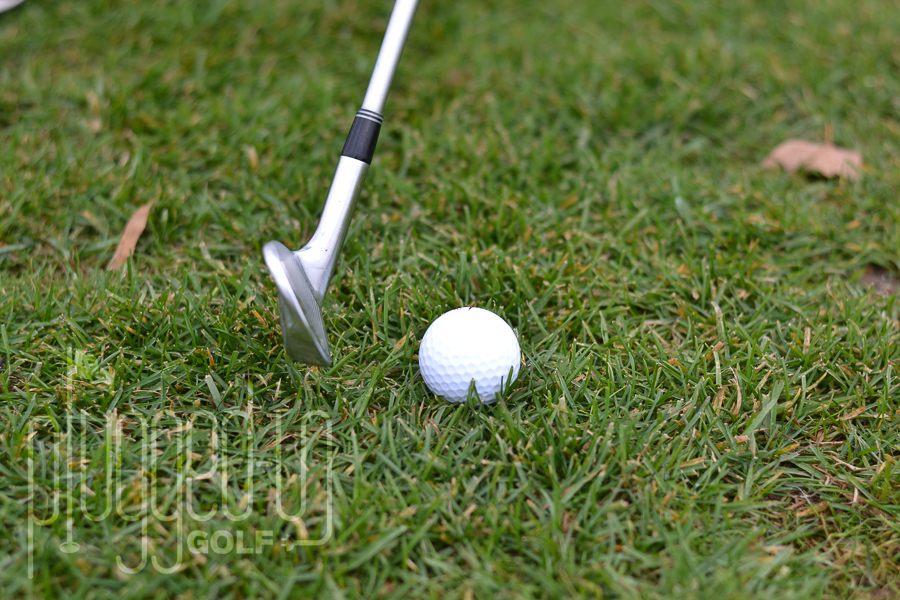
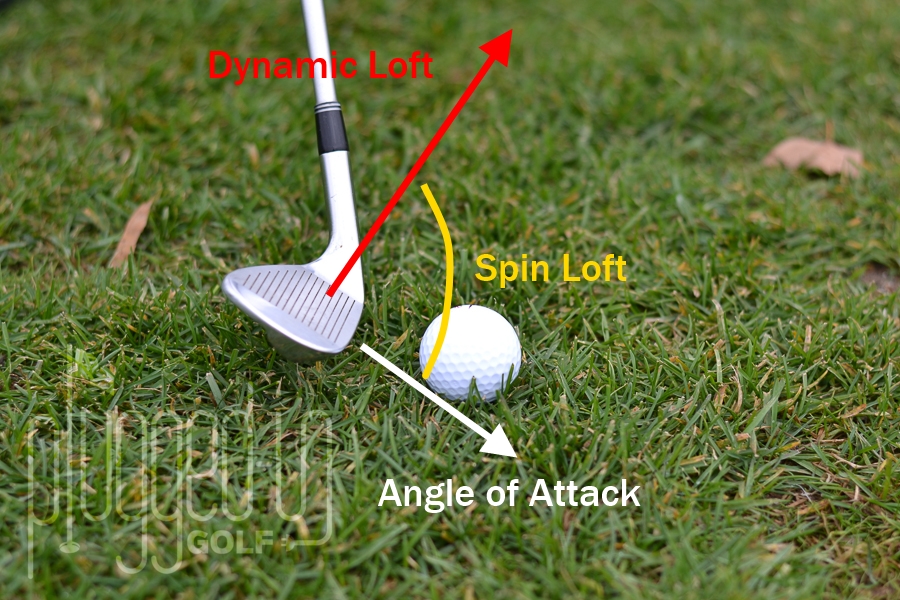
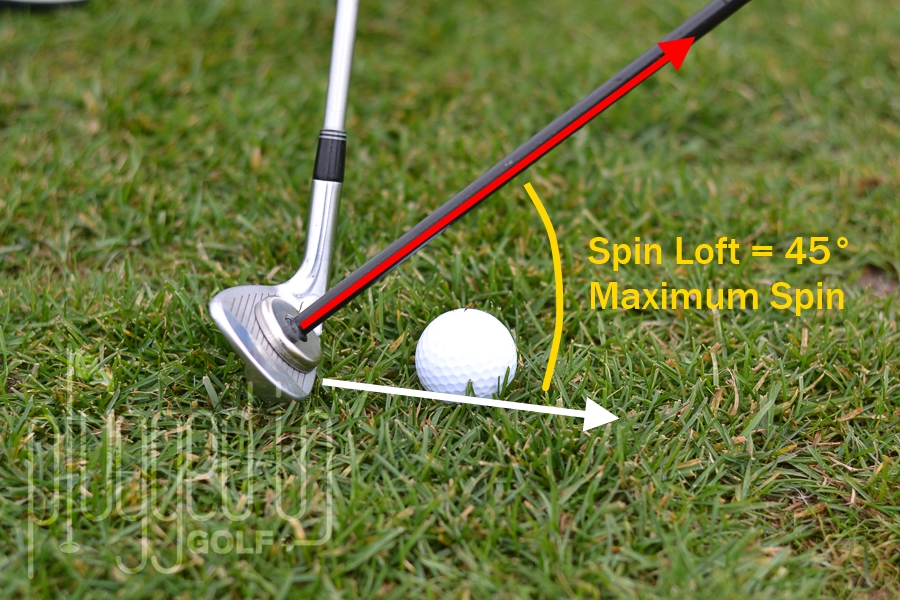
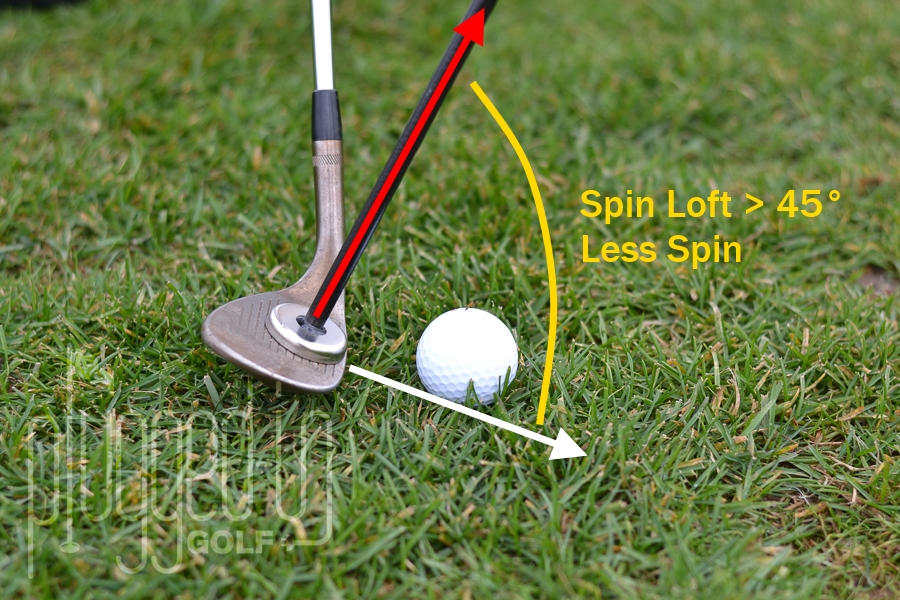
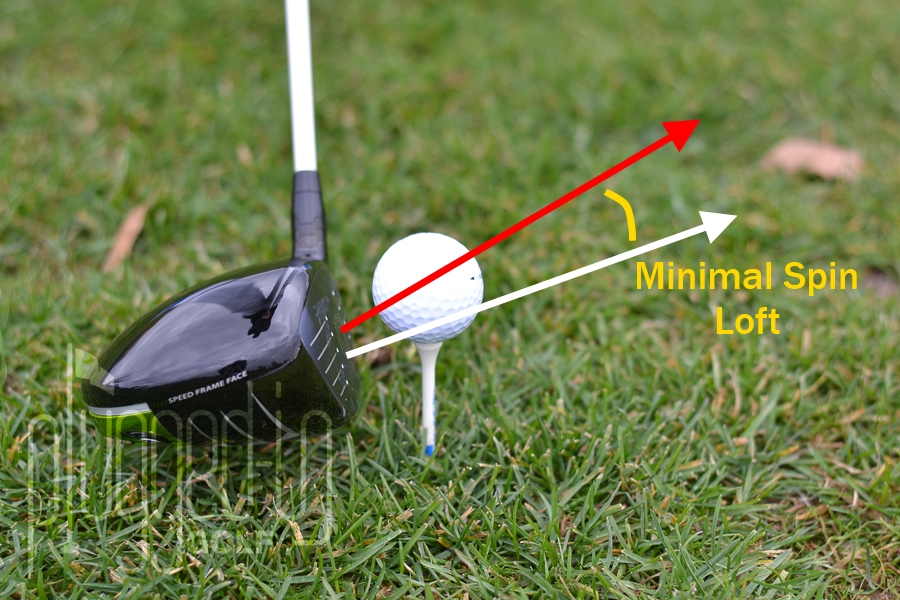
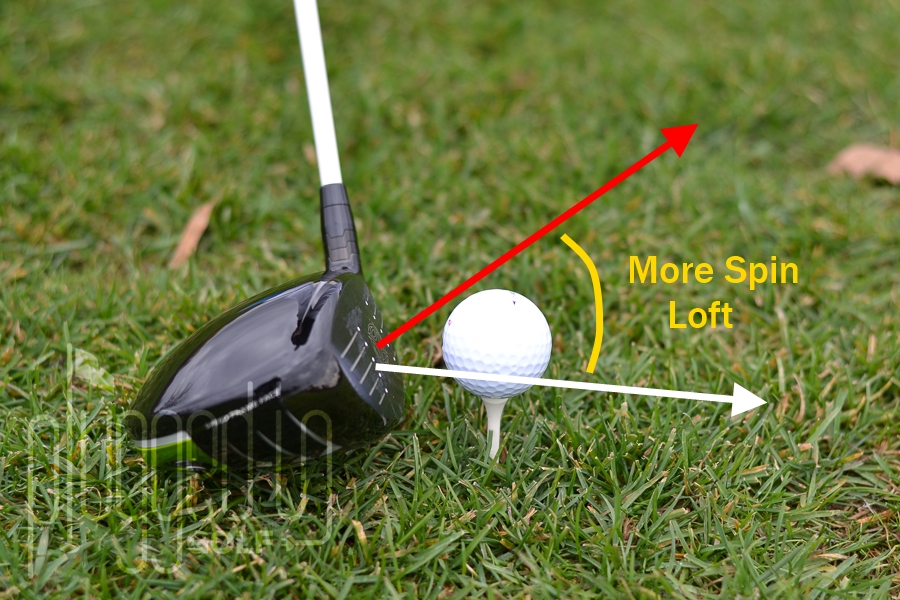
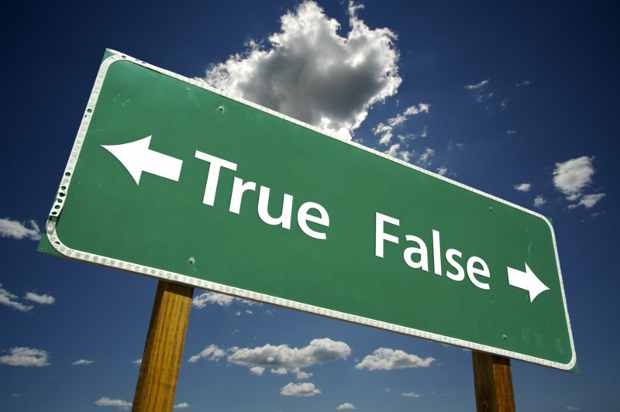
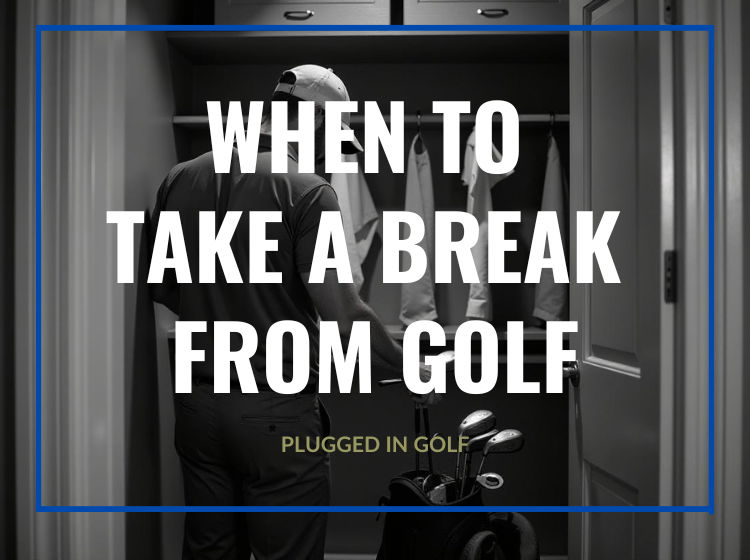

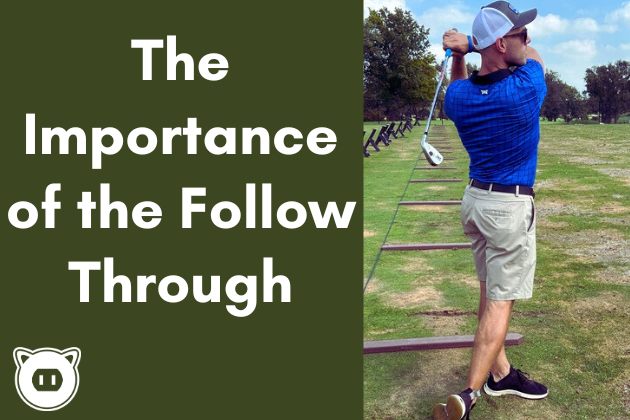









18 Comments
Also hitting the ball a groove or 2 thin on wedge shots can really help increase spin due to gear effect. That is partially how tour players hit the elusive low spinning wedge shot
Matt, You do a great job making difficult concepts easy to understand. I will recommend to my clients to visit your site. Thank you , Paul Mindel
Paul,
Thank you, I really appreciate that.
-Matt
Hello, You mentioned in “Ball Flight Laws #3 – Spin” that in future lessons, you will address the techniques that will help to spin wedges and bomb drives.
Is there any link at your homepage to this topic?
Kind regards
Thomas
Thomas,
If you hover over “Instruction,” you’ll see categories for full swing, fitness, short game, etc. There are a number of articles in the full swing and fitness categories that should help with hitting the driver farther. As for wedges, I probably haven’t hit on that in the way that I had planned, but I do think that the info here and in the gear effect post (Ball Flight Laws #5) pretty much gives you the tools to spin it.
Best,
Matt
Great info thanks
What about the ground and divot?
Isn’t the pinch against the ground a key contribution to friction?
I don’t get nearly the same backspin when I sweep with my irons.
Chris,
The reason you don’t get as much spin with a sweeping motion is because of your reduced angle of attack. The only thing the ground does is reduce friction by inserting grass and moisture between the ball and club face.
Best,
Matt
Hi Matt,
Nice explanation on the function of spin. For the pros, we know ideal spin for drivers is around 1,800~2,000 rpm (based on CHS of >110mph). As you mentioned, for amateurs will slower CHS, more spin is required. Do you have a matrix of CHS & Spin (eg. 90mph=2,300rpm) and assuming Launch is optimal at 14~16 deg that will produce the maximum carry and ideal descent angle?
James,
Good question. I don’t have a chart, but I can relay that I’ve never heard a fitter search for anything north of 2,500 RPM. That kind of spin could be useful for a much slower swinger, but I think the majority of golfers are pretty well-served in that 2,000-2,500 range. There does exist some discrepancy among fitters as to how low they like to go at moderate speeds – some seek that 17*/1700 combo even around 90 MPH.
It’s also worth mentioning that, for the handicap golfer, there’s a certain insanity to getting really wrapped up in spin rates (I know from firsthand experience). The reason I say that is that spin rates vary dramatically depending on strike quality. I am NEVER against club fitting, but a 15-handicap player has more to gain from improving their strike quality than worrying about the difference between 1,800 RPM and 2,000 RPM on their rare perfect swing.
Best,
Matt
Thank you for creating this content. and for your ‘matter-of-fact” style.
Hi Matt,
I often hear announcers and others say that a draw will go farther than a fade. I don’t understand how this could be. I understand that right spin makes the ball go right and left spin goes left back spin goes up and top spin goes down. So if you had mirror images of spin and hit on mirror paths, one would draw and one would fade. From all of the research I’ve read, the only thing that makes sense is that with a draw, the golfer may have had better or more efficient ball contact than with a fade. With all factors being equal (impact point on face of club, loft, direction, spins, etc.) a fade or draw should go the same distance, right?
Bob,
I believe that you’re right. If all else is completely equal, draws and fades should go the same distance. However, in practice, draws typically have less spin and slightly higher ball speed as a result of lower effective loft so they may fly farther and will run farther. Also, there was likely a bigger disparity in draws and fades when the ball spun more, and since golf commentating is roughly 30 years behind the times, they’re still stuck on that.
Best,
Matt
Matt, thank you for your response.
Bob
Thanks for the article.
Is there a way to spin sand and lob wedges?? I see the pros doing this (which I realize are highly skilled haha). Does that mean that they hit controlled PW or 9 iron to reduce the spin? This is something I have been working on- “flighting” my high lofted irons (9,PW, GW) ONLY to play better in wind. I don’t often swing full with a sand wedge or Lob wedge.
Just trying to learn more about spin! I always thought de-lofting my wedges would create more spin. I assume I still need a fairly downward strike to create spin?
Thanks!!
Josh,
Reducing loft will reduce spin, all else equal, but if we’re talking about wedge shots, we’re starting from a place of very high spin so “reduced spin” can still be enough. I would not advise players to actively try to hit “more down” to add spin as I think it will typically hurt their contact quality. High quality contact is the most underrated factor in spinning wedges and irons.
Best,
Matt
Bonjour,
Merci pour toutes ces informations.
Si je comprends bien il est préférable d’utiliser le pitching wedge ou le gap wedge plutôt qu’un wedge à 56 ou 60 degrés pour obtenir du spin sur un coup lobé ?
Merci pour vos éclaircissements.
Bertrand
Bertrand,
Yes, that’s correct. There are a variety of factors in play, but some players will generate more spin with a 50 than a 56 or 60.
Best,
Matt